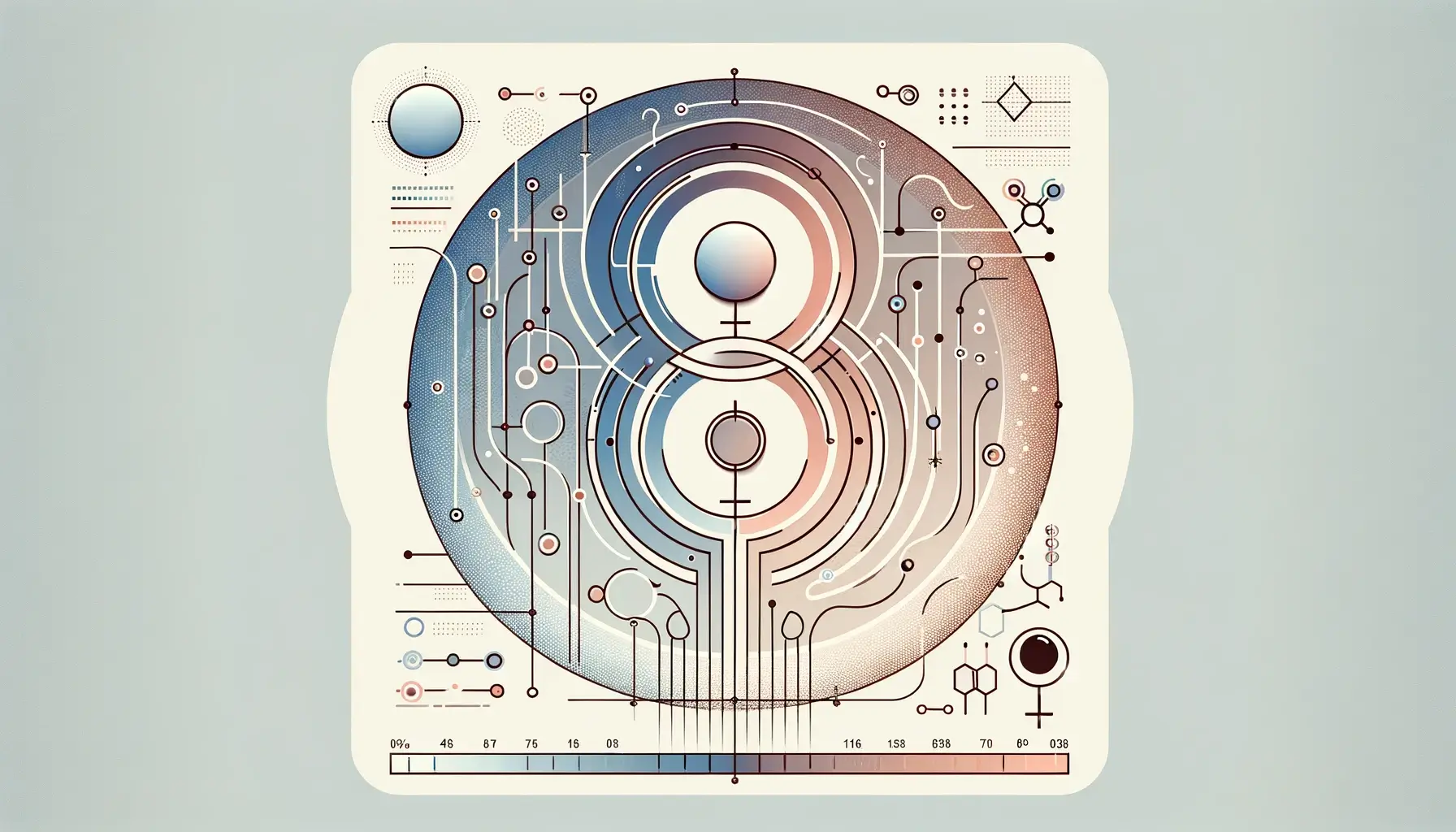A Child Gender by Rh Factor of Parents Calculator is a conceptually intriguing tool based on the theory that a child’s gender might be influenced, or predicted, by the Rh (Rhesus) factor in the blood types of both parents. While primarily a topic of speculative or traditional interest rather than scientific certainty, such calculators have gained popularity in online parenting communities and among individuals curious about potential influences on the gender of their future children.
This calculator typically asks for each parent’s Rh status—positive or negative—and uses a combination of patterns and theories to suggest the likelihood of having a male or female child.
What Is the Rh Factor?
The Rh factor is a protein that may be present on the surface of red blood cells. If a person has the protein, they are Rh-positive; if not, they are Rh-negative. This classification is most commonly known for its importance in blood transfusions and pregnancy compatibility.
Rh compatibility between a mother and her unborn child is a medically relevant concern, especially if the mother is Rh-negative and the baby is Rh-positive. However, there is no scientific evidence that the Rh factor has a direct influence on the gender of the child.
Despite the lack of medical backing, various cultural theories and pseudoscientific models propose links between parental Rh combinations and the gender outcome of their child.
Purpose of the Calculator
The Child Gender by Rh Factor of Parents Calculator is designed for entertainment and curiosity rather than medical accuracy. Its purposes include:
- Exploring traditional or folk-based theories about baby gender prediction
- Engaging expectant parents in the fun of guessing or predicting their baby’s gender
- Comparing outcomes with real-life pregnancies for interest or amusement
- Generating discussion around genetics, inheritance, and family traits
Though unreliable as a diagnostic or predictive tool, it often sparks interest and provides a unique perspective on the mystery of gender determination.
Key Inputs Required
This type of calculator typically requires the following simple data:
- Mother’s Rh factor: Positive or Negative
- Father’s Rh factor: Positive or Negative
Some calculators may also ask for the following:
- Blood types (ABO system) for additional analysis
- Number of previous children and their genders
- Conception date or mother’s age at conception (if blending with other traditional methods)
Once submitted, the calculator generates a predicted likelihood of having a boy or a girl, often with a percentage or straightforward guess.
How the Calculator Works
While there is no scientific formula connecting the Rh factor to gender, the calculator usually follows one of several pattern-based logic models derived from historical speculation, such as:
- Certain combinations of Rh-negative and Rh-positive parents are believed to favor one gender over another
- Patterns observed in family histories are sometimes used to draw anecdotal conclusions
- Integration with other gender prediction theories (e.g., Chinese gender chart, parental age methods)
The output is typically non-scientific and should be viewed in the context of entertainment rather than factual prediction.
Benefits of Using This Calculator
- Fun and Engaging: Offers a lighthearted way to guess a baby’s gender.
- Conversation Starter: Encourages discussions among family and friends.
- Cultural and Historical Insight: Reflects traditional beliefs and curiosity about genetics.
- Adds Excitement to Pregnancy: Many parents enjoy trying different prediction methods before the official ultrasound.
- Accessible and Easy to Use: Requires minimal input and provides quick results.
Who Might Use This Calculator?
This calculator may appeal to:
- Expectant parents looking for fun gender prediction tools
- Couples planning to conceive who are curious about possible outcomes
- Fans of traditional or alternative medicine interested in folklore and ancient methods
- Individuals researching genetic inheritance patterns for non-scientific interest
- Parents comparing past pregnancies with Rh factor theories
It’s important to note that medical professionals do not use or endorse this calculator for actual gender determination.
Scientific Perspective on Gender Determination
From a biological and scientific perspective, a child’s gender is determined by the sperm cell from the father, which carries either an X or Y chromosome. The mother’s egg always contributes an X chromosome. Therefore:
- XX = female child
- XY = male child
The Rh factor is related to blood compatibility and inheritance patterns. Still, it has no proven influence on which chromosome fertilizes the egg.
Medical professionals use ultrasound imaging or genetic testing to determine a baby’s gender, typically during the second trimester of pregnancy.
Limitations and Considerations
While fun, the calculator should be used with an understanding of its limitations:
- Not scientifically proven: No clinical studies validate a connection between the Rh factor and gender.
- Not a medical tool: Should not replace medical methods of gender determination.
- Random chance remains a factor: Statistically, the chance of having a boy or girl is nearly 50/50.
- Cultural myths: Many ideas behind this calculator come from non-scientific beliefs or anecdotal observations.
- It may mislead the uninformed: It’s important to clarify that this is for entertainment, not diagnosis or planning.
Best Practices for Use
To use the calculator wisely:
- Understand its purpose as non-scientific and primarily for fun
- Use alongside other lighthearted gender prediction tools for entertainment
- Rely on medical professionals for actual gender information
- Treat the results as speculative and not indicative of your child’s future gender
- Enjoy the process as part of the joy and mystery of parenthood
Conclusion
The Child Gender by Rh Factor of Parents Calculator is a playful, non-scientific tool based on theories and traditional beliefs surrounding the role of the Rh factor in gender prediction. While it does not offer medically valid results, it provides an engaging way for expectant or prospective parents to interact with the age-old question: “Will it be a boy or a girl?”
When used with a light heart and understanding its limitations, this calculator can enhance the excitement of pregnancy and family planning—adding a bit of curiosity and joy to the journey of welcoming a new life.


